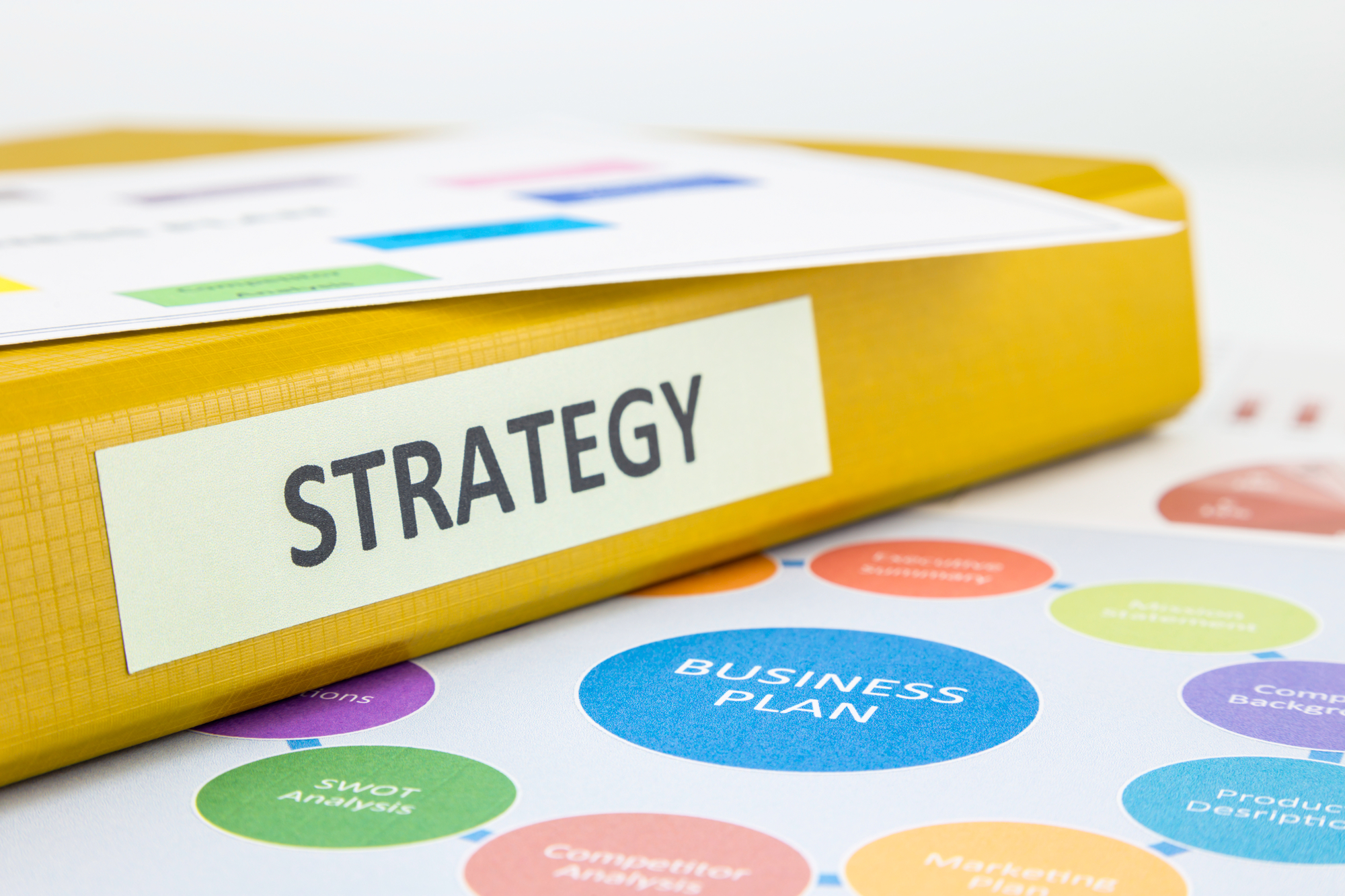All initiatives have a common construct for success. This has been established and proven out over years of experience. Some industries or skill sets are very mature in managing initiatives. For others, this is totally new. Regardless, the framework below is the foundation for successful initiatives.
4 Phases
Every successful initiative goes through four phases:
Planning: Documents the who, what, when, where, and how.
Activities:
- Establish a common understanding of the projects goal, objectives, deliverables including the end product, service or deliverable.
- Create a list of tasks that will produce each of the deliverables of the initiative.
- Estimate the duration of each task and the number of people required to work on it.
- Identify the dependencies between each task to establish their order for starting.
- Create a schedule of when each task is to start and finish.
- Create a budget for each deliverable and expense type.
Specifying: Details the characteristics of the end deliverables.
Activities:
- List the stakeholders and users of the end product, service or result.
- Interview stakeholders and users and identify their expectations of the end deliverables.
- Create requirement for the end product service or result from the interviews, and get them approved by all parties.
Building: Turns the vision of the end deliverable into a reality.
Activities:
- Design the end product, service or result.
- Build the end product, service or result.
- Test the end product, service or result.
- Verify the end product, service or results meets all the established requirements.
Implementing: Establishes the final state of why the initiative was undertaken.
Activities:
- Create a transition plan to launch the use of the product, service or result.
- Ensure user adoption by reducing the resistance to the change brought on by the new product, service or result.
- Resolve any anomalies related to the use of the product, service or result.
People managing initiatives often tend to focus partly on specifying and fully on building the end product, service or result. In these cases, you might be successful in meeting the goals of the initiative, but because there’s no planning, the execution of the initiative will likely be very chaotic and inefficient. Also, since the transition into use is completely overlooked, there will be lots of surprises and resistance to the change. Sometimes, it’s so bad that the users reject and do not use the end product, service or result.
4 Functional Roles
There are also four functional roles that have to be present on each initiative for success:
Project Management: Project management is predicting, with as much certainty as is possible or required, the project’s scope, time, and cost at completion, and then embracing reality and influencing activities to meet those predictions.
Project Managers:
- Provide leadership and motivation.
- Maintain focus and commitment.
- Coordinate team member tasks, and use resources efficiently and effectively.
- Ensure that the planning they perform, the tasks they delegate, and the course corrections they make move the project closer to the negotiated endpoint.
Business Analysis: Business analysis is acquiring knowledge of an organization’s structure, policies, and operations; identifying areas needing improvement; and recommending solutions that enable the organization to achieve its goals.
Business Analysts:
- Understand the business goals and objectives as well as the background of the organization.
- Identify cost saving opportunities, increase efficiencies, and decrease errors and issues.
- Identify business users at various levels to gather and validate information.
- Identify the impact of a solution inside and outside of their organization.
Product Development: A product is the end result of an initiative. It might also be called a deliverable or some other term. Product development is creating products, tangible or intangible, with new or different characteristics that offer benefits to internal or external customers.
Product Developers:
- Fulfill the role of the product developers, creatives and builders.
- Have the domain knowledge to advise the project manager when needed.
- Develop their portion of the product as specified.
- Integrate their work with the work of the other subject matter experts.
Change Management: Change management is effectively supporting the implementation of a change within an organization so as to minimize stress and ensure its sustainability.
Change Managers:
- Ensure acceptance, adoption and sustainment of the product or service.
- Ensure the overall change is clear, resistance is identified and the change strategies are developed and effectively implemented.
- Coordinate with communication, learning and reward specialists available on an as needed basis throughout the change.
When organizing the project team and planning for the initiative, consider who on the team can take on each of these different roles. For some roles, it might be the person assigned to manage the initiative. In some cases, others might need to be brought in specifically to play certain roles. Either way, the people who take on these roles don’t need to be experts, just occasional practitioners. Some training will likely be required, but there are cost-effective methods to do this. And regardless of who fulfills what role, it’s important that each person understands what the role means and entails.
Initiatives often require a significant investment of time, money and resources, but it’s all with the intention of making your organization better. Follow the 4×4 Framework to make sure that investment pays off.

